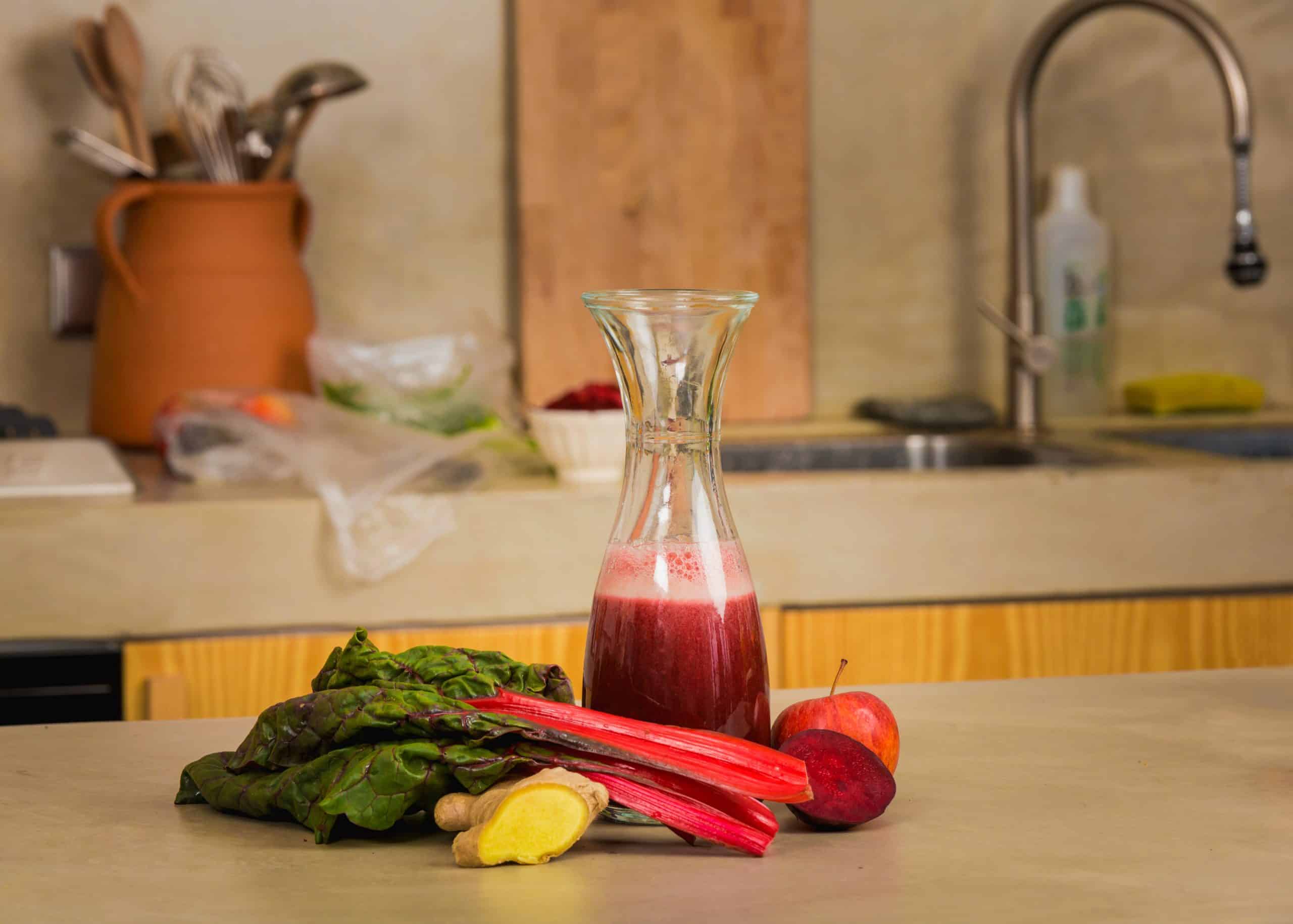If you are a cat owner, and your feline friend has been diagnosed with diabetes, you’re likely to be worried and a little overwhelmed. But, with the correct care, your cat can lead a perfectly normal and healthy life. Diet and feeding habits play a crucial role in managing this condition. This article will provide comprehensive advice on feeding a diabetic cat, aiming to alleviate some of your concerns.
Understanding Feline Diabetes
Before we delve into feeding strategies, it’s beneficial to understand the basics of feline diabetes. This disease occurs when a cat’s body either fails to produce enough insulin, a hormone which helps regulate blood glucose, or cannot use it properly. As a result, glucose, or sugar, builds up in the bloodstream, leading to high blood sugar levels. Over time, this can cause severe health problems.
Topic to read : How to Create an Indoor Play Area for a Toy Poodle with Limited Space?
Diabetes is most commonly diagnosed in middle-aged and older cats, and those carrying excess weight. The signs of diabetes may include increased thirst and urination, unexplained weight loss, and changes in appetite. If you notice these symptoms in your cat, it’s essential to consult a veterinarian immediately.
The Role of Diet in Managing Diabetes
A well-balanced diet is fundamental in managing diabetes. The food you provide your cat with will greatly influence their blood sugar levels. Foods high in carbohydrates can cause a rapid spike in blood glucose. Therefore, a diet low in carbohydrates and high in protein is usually recommended for diabetic cats.
Also to discover : How to Adjust Your Dog’s Training Routine During Pregnancy?
A low-carbohydrate, high-protein diet not only aids in controlling blood glucose levels but also promotes weight loss. Overweight cats are more likely to develop diabetes, and losing weight, where necessary, can assist in managing the disease.
Choosing the Right Food
When it comes to feeding a diabetic cat, not all foods are created equal. Many commercial cat foods, especially dry ones, contain high amounts of carbohydrates. These can cause blood glucose levels to soar. To avoid this, opt for foods that are low in carbohydrates and high in protein.
Wet food generally contains fewer carbohydrates than dry food and is usually a better option for diabetic cats. However, it’s important to carefully read the label, as not all wet foods are low in carbohydrates.
Protein should be the main component of your cat’s diet. High-quality animal proteins, such as chicken, turkey, and fish, are ideal.
Regular Feeding Schedule
In addition to choosing the right food, it’s equally crucial to establish a regular feeding schedule. Regular meals, coordinated with insulin injections, will help maintain stable blood glucose levels throughout the day.
Your vet can guide you on how many meals your cat should have each day and when to administer insulin. You should feed your cat at the same times each day, and avoid ‘free feeding,’ where food is constantly available.
Monitoring Blood Glucose Levels
Regular monitoring of blood glucose levels is a critical part of managing feline diabetes. This will allow you to see how your cat’s diet is affecting their blood sugar and make necessary adjustments.
Your vet can teach you how to check your cat’s blood glucose at home. It’s usually done by taking a small blood sample, often from the ear. These checks should be done regularly, as advised by your vet.
Treats and Snacks: What to Consider
Just as in their main meals, the treats and snacks you provide your cat with should be low in carbohydrates and high in protein. You’ll need to carefully read the labels on the treats you buy. Alternatively, consider offering your cat small pieces of cooked chicken or turkey as a healthy treat.
Remember, treats should account for no more than 10% of your cat’s daily caloric intake. Excessive treats can lead to weight gain, complicating diabetes management.
When to Consult a Veterinarian
If you have concerns about your cat’s diet or their diabetes management, it’s always best to consult your veterinarian. They can provide personalized advice based on your cat’s individual needs and medical history.
Also, if you notice any changes in your cat’s behavior, weight, or other signs of potential health issues, make an appointment with your vet as soon as possible. Remember, early intervention can make a significant difference in the management and outcome of feline diabetes.
Managing diabetes in your cat may seem daunting, but with the right care, dietary adjustments, and regular monitoring, your feline friend can lead a healthy and happy life. Always discuss any dietary changes with your veterinarian and remember that consistency in their diet and feeding schedule is key to managing their blood glucose levels effectively.
Tips for Transitioning Your Cat to a Diabetic-Friendly Diet
Once your feline friend has been diagnosed with diabetes mellitus, a diet change is necessary. Nevertheless, abruptly changing your cat’s diet can lead to refusal to eat or gastrointestinal upset, so it is advisable to transition gradually. Start by mixing a small amount of the new, low carbohydrate food with your cat’s current food, gradually increasing the amount over a week or two until your cat is only eating the new food.
Canned food, due to its generally lower carbohydrate content, is usually the recommended choice for diabetic cats. However, if your cat refuses to eat canned food, there are dry food options available that are formulated for diabetic cats. Look for dry food that’s high in protein and fiber but low in carbohydrates.
This transition to a new diet may not always be plain sailing. Cats are notoriously finicky eaters and may resist dietary changes. If your cat won’t eat the new food, or if they stop eating altogether, you should contact your vet immediately. Appetite changes can affect blood sugar levels and potentially result in a medical emergency for a diabetic cat.
Remember, every cat is unique, and what works well for one diabetic cat may not work as well for another. Your vet is your partner in managing your cat’s diabetes and will help guide you through the process of finding the best diet for your feline friend.
The Importance of Hydration
Hydration is a significant aspect of managing feline diabetes that often goes unnoticed. Like humans, cats require adequate hydration for optimum health. Water helps regulate body temperature, digestion, and most importantly, flushes out toxins from the body. For a diabetic cat, hydration becomes even more important as high blood sugar can cause the cat to urinate more, potentially leading to dehydration.
Canned food has high moisture content, which can help keep your cat hydrated. If you’re feeding dry food, make sure your cat has constant access to fresh drinking water. Some cats may prefer running water, so a cat water fountain could be a good investment.
Moreover, keeping an eye on your cat’s water intake can give you insight into their blood glucose control. Increased drinking could indicate high blood glucose levels. But remember, changes in water consumption can also be a sign of other health problems, so any significant changes should be discussed with your vet.
Taking care of a diabetic cat requires dedication and a strong understanding of how diet affects blood glucose levels. Feeding low carbohydrate, high protein meals at regular intervals, monitoring blood glucose, and maintaining hydration are all crucial in managing diabetes. While it may seem overwhelming at first, with patience, consistency, and the guidance of your vet, you can help your feline friend lead a stable and happy life. Always remember, early detection and intervention can significantly affect the prognosis of cats with diabetes, so keeping a close eye on any potential signs is paramount. Managing feline diabetes is a team effort between you and your vet, with the shared goal of providing the best quality of life for your cat.






